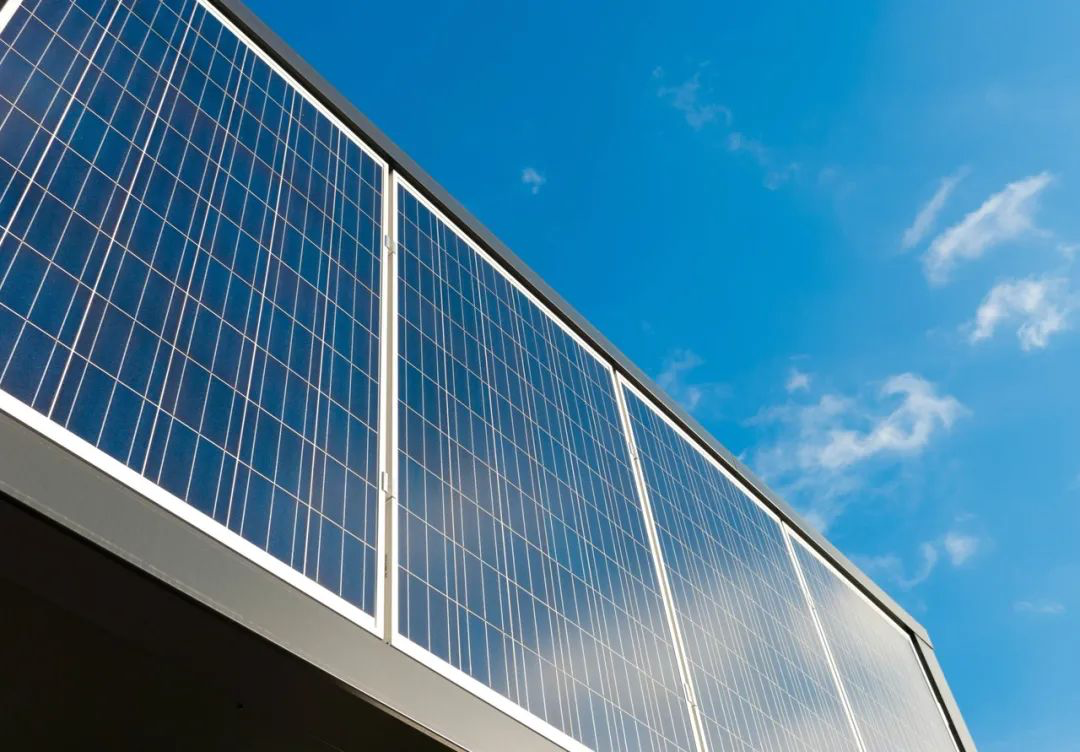

The Benefits and Applications of Low-E Impact Glass
In the modern world, the quest for energy efficiency and durability in architectural design has led to the emergence of innovative materials. Among these, Low-E (Low Emissivity) impact glass stands out as a pivotal solution, harmonizing thermal insulation with safety. This article explores the characteristics, advantages, and applications of Low-E impact glass, illuminating its significance in contemporary construction.
Understanding Low-E Impact Glass
Low-E impact glass is a type of insulated glass that is coated with a microscopically thin layer of metal or metallic oxide. This coating reflects infrared radiation while allowing natural light to pass through, thereby maintaining brightness in interiors while reducing heat transfer. The additional feature of impact resistance is typically achieved through the combination of tempered or laminated glass, making Low-E impact glass not only energy-efficient but also robust against physical forces.
Energy Efficiency and Thermal Performance
One of the most significant benefits of Low-E impact glass is its superior energy efficiency. Traditional glass windows can account for a substantial loss of heat in winter and gain in summer, resulting in increased energy costs for heating and cooling. In contrast, Low-E glass minimizes heat transfer, keeping homes warmer in the winter and cooler in the summer. This is particularly advantageous in regions with extreme weather conditions, as it helps maintain a stable indoor climate.
The use of Low-E impact glass in residential and commercial buildings can lead to reduced energy consumption and lower utility bills. The energy savings often make a strong case for the initial investment in higher-quality glass, as many buildings can recover the cost of installation through energy savings over time. Additionally, the reduction in energy use contributes to lower carbon emissions, making Low-E impact glass an environmentally friendly choice.
Impact Resistance and Safety

The impact resistance of Low-E glass is another crucial aspect of its design. In areas prone to severe weather events, such as hurricanes or tornadoes, the use of impact-resistant glass can protect a building’s occupants and property. The laminated structure of Low-E impact glass ensures that if the glass were to break, it would remain bonded to the interlayer, preventing dangerous shards from flying and reducing the risk of injury.
Furthermore, Low-E impact glass provides an added layer of security against break-ins. Its robust construction makes it more challenging for intruders to gain access to a property, thus enhancing the overall safety of homes and businesses.
UV Protection and Interior Comfort
Another notable benefit of Low-E impact glass is its ability to block harmful ultraviolet (UV) rays. Prolonged exposure to UV rays can cause fading of furniture, artwork, and carpets. By reducing UV transmission by up to 99%, Low-E impact glass helps preserve the aesthetic quality of interiors and protects valuable possessions, making it an excellent choice for homes and galleries alike.
Moreover, the reduction of glare due to its sophisticated coating makes Low-E impact glass ideal for environments like offices, where excessive sunlight can lead to discomfort and decreased productivity. This helps create a more pleasant and conducive atmosphere for work and leisure.
Applications in Modern Architecture
The versatile nature of Low-E impact glass makes it suitable for various applications, from residential homes to high-rise buildings, schools, and hospitals. Architects and builders increasingly incorporate this advanced material into their designs to meet energy codes and environmental standards while ensuring safety and durability.
In summary, Low-E impact glass is a remarkable innovation that combines energy efficiency, safety, and comfort. Its unique properties make it a valuable addition to modern architectural practices, offering significant benefits for property owners. As we continue to focus on sustainability and resilience in urban development, the role of Low-E impact glass will only grow, paving the way for a greener and safer future.